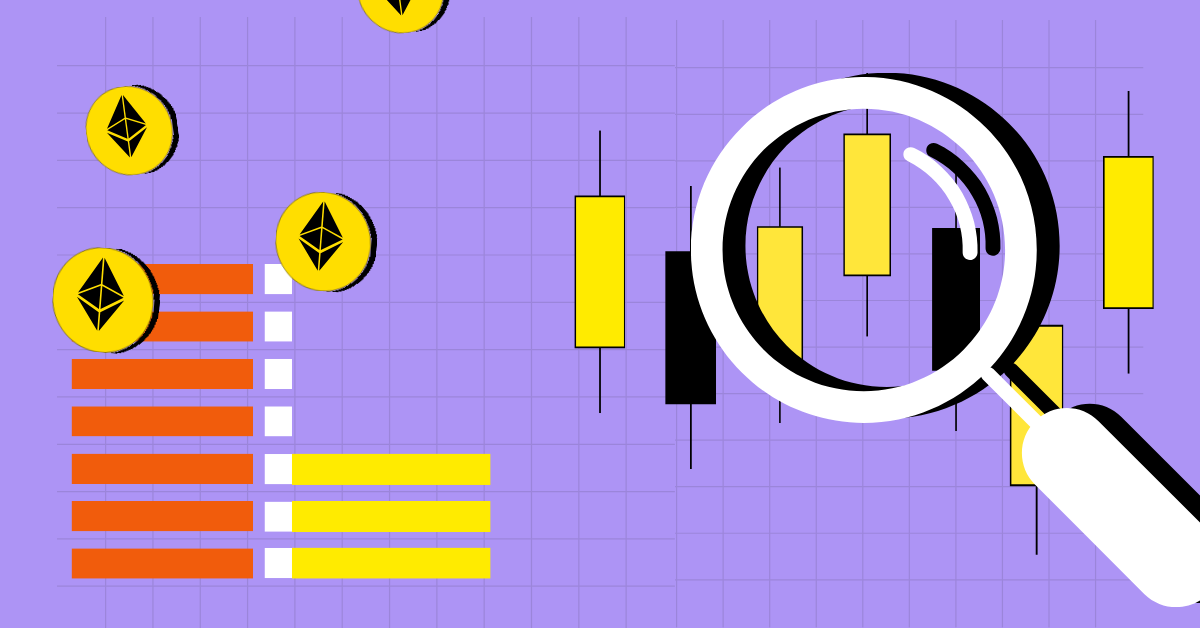
Combining price action analysis with moving averages forms a winning strategy that crypto traders can master for consistent success. By intertwining the insights derived from price movements with the smoothing effect of moving averages, traders gain a comprehensive understanding of market trends. Let’s delve deeper into how this approach works. Ready?
1. Price Action Trading: What You Should Know
Price Action Trading involves making decisions based on actual price movements rather than relying on indicators. Traders analyse raw price charts to identify trends, support, and resistance. It is a strategy focused on understanding market dynamics without using complex tools, emphasising the direct observation of price behaviour.
| Do Price Action Strategies Work Better With Technical Indicators In Crypto Trading? Yes, combining Price Action strategies with technical indicators enhances effectiveness in crypto trading. Notable indicators include Moving Averages for trend confirmation, Relative Strength Index for momentum, and Bollinger Bands for volatility insights. |
2. Moving Averages: The Basics
Moving Averages are tools in trading that smooth out price trends over time. They calculate the average value of price in a set period, revealing the overall direction of the market. By reducing noise and highlighting trends, Moving Averages help traders identify potential entry and exit points.
3. Combining Moving Averages With Price Action Strategies
Combining Moving Averages with Price Action Strategies means using average price trends and chart patterns for smart trading decisions. Moving Averages smooth out price fluctuations, helping identify trends. When paired with Price Action, it forms a powerful approach.
4. Why Price Action Traders Use Moving Averages
Price action traders use moving averages uniquely. Instead of relying on crossover signals, they focus on understanding market structure and price action. Moving averages help them identify trends, find support and resistance levels, spot price extremes, and grasp market structure.
5. Best Ways That Price Action Traders Uses Moving Averages
Price action traders use moving averages in three key ways.
Firstly, they determine market trends by comparing current prices with a chosen moving average, like the widely used 200-day moving average.
Secondly, moving averages serve as crucial support and resistance levels, guiding traders on when to enter or exit positions.
Lastly, moving averages help identify price extremes, identifying potential trend changes.
5.1. Analysing Market Trends with Moving Averages in Price Action Trading: Step-by-Step Guide
In price action trading, determining market trends involves the following steps:
- Choose a specific moving average.
- Regularly assess the current market prices in relation to the chosen moving average.
- If the current prices are above the selected moving average, it signifies an upward trend.
- Conversely, if the current price fall below the chosen moving average, it indicates a downward trend.
5.2. Leveraging Moving Averages as Key Support and Resistance Levels in Price Action Trading: Simple Steps
In a price action trading strategy, using moving averages as support and resistance levels involves the following steps:
- Recognise the chosen moving average, as a level where prices historically find support or encounter resistance.
- When the price approaches or touches the moving average from below and bounces back, it signals a potential entry point as it aligns with support.
- Conversely, if the price reaches or surpasses the moving average from above and reverses, it indicates a potential exit point as it aligns with resistance.
- Combine moving average analysis with price action signals to strengthen the decision-making process for entering or exiting positions.
Also Read: Volume Price Action Trading Demystified: Crypto Trading Made Simple
5.3. Using Moving Averages to Catch Price Extremes in Price Action Trading: Easy Steps
In a price action trading strategy, using moving averages to identify price extremes involves the following steps:
- Choose a specific moving average, as a reference point.
- Monitor how much the current market price deviates from the selected moving averages. A significant deviation signals a potential price extreme.
- Understand that price has a tendency to revert to the mean, or the moving average. Deviations from the mean provide trading opportunities.
- Observe if price action is moving away from the moving average in a climactic manner, indicating a potential trend change.
- Use deviations from the moving average as opportunities to trade against or with the prevailing trend, depending on the market conditions.
Endnote
In the dynamic landscape of price action trading, understanding the nuances of market dynamics becomes paramount for traders seeking consistent success. This article has delved into the essence of Price Action Trading, emphasising the reliance on actual price movements over traditional indicators. The integration of Moving Averages into this strategy adds a layer of sophistication, offering insights into trend identification, support and resistance levels, and potential trend changes. By combining these elements, traders can navigate the complexities of the market with a nuanced approach, making informed decisions that align with the ever-evolving narrative of price action. Remember, mastering this interplay is a continuous journey in the world of trading.
We'd Love to Hear Your Thoughts on This Article!
Was this writing helpful?
 Yes
Yes  No
No
Trust with CoinPedia:
CoinPedia has been delivering accurate and timely cryptocurrency and blockchain updates since 2017. All content is created by our expert panel of analysts and journalists, following strict Editorial Guidelines based on E-E-A-T (Experience, Expertise, Authoritativeness, Trustworthiness). Every article is fact-checked against reputable sources to ensure accuracy, transparency, and reliability. Our review policy guarantees unbiased evaluations when recommending exchanges, platforms, or tools. We strive to provide timely updates about everything crypto & blockchain, right from startups to industry majors.
Investment Disclaimer:
All opinions and insights shared represent the author's own views on current market conditions. Please do your own research before making investment decisions. Neither the writer nor the publication assumes responsibility for your financial choices.
Sponsored and Advertisements:
Sponsored content and affiliate links may appear on our site. Advertisements are marked clearly, and our editorial content remains entirely independent from our ad partners.




